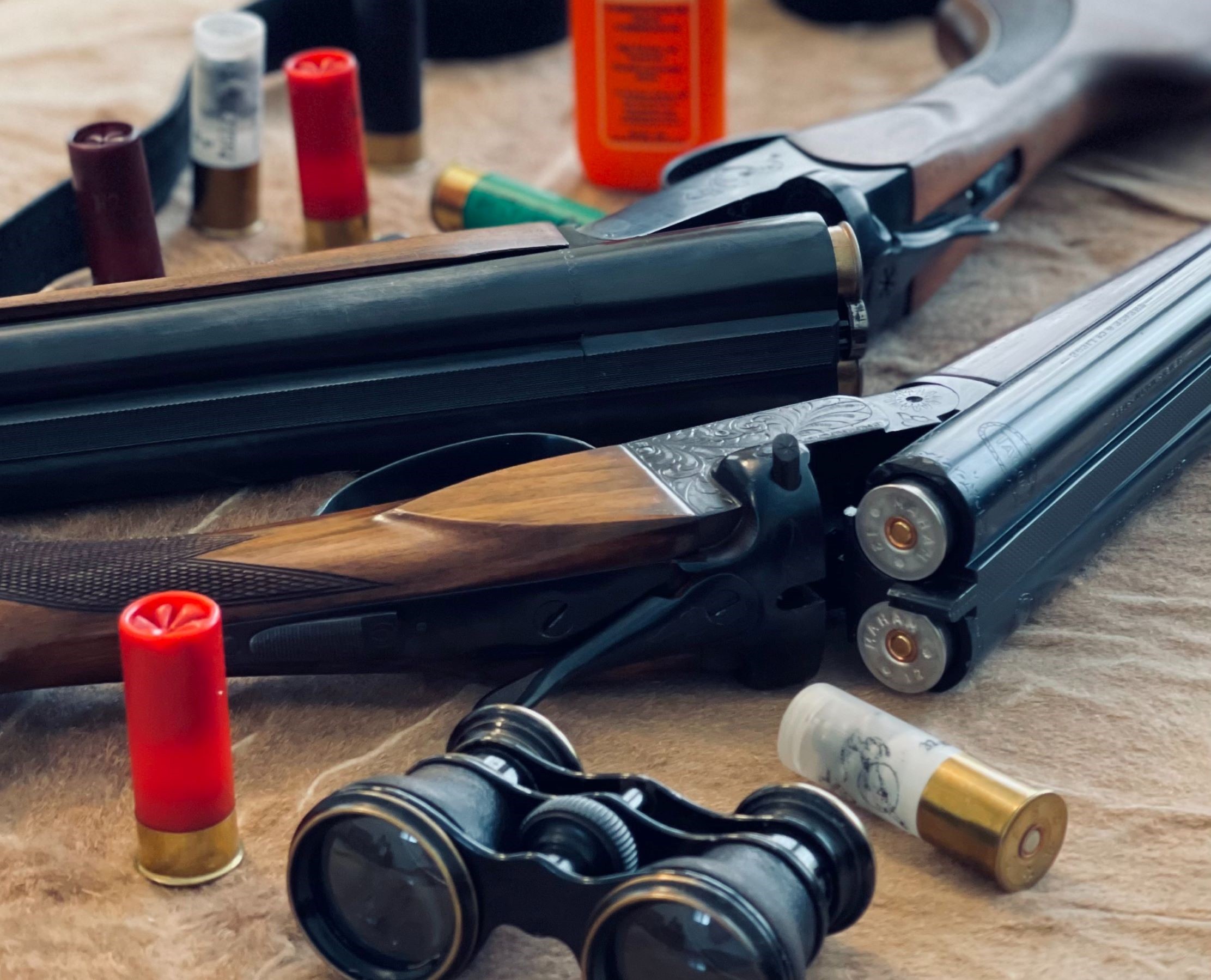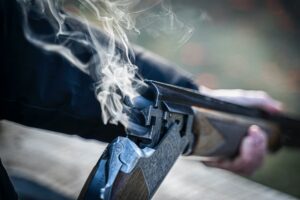
- Mar 31, 2021
- Agescan International
- Hunting
- 1 Comment
As a top producer of shotgun ammunition in North America, we know the feeling of holding history in your hands. Simply put, there are very few things that are as exhilarating as shooting a classic shotgun. There’s a feeling of history and tradition in handling an older shotgun that a new shotgun (while still exciting to shoot in its own right), just can’t match.
Vintage single shot models such as the Stevens Model 94 or the Model 48 Topper are still in use today. Meanwhile, older double barrel models such as the Parker VH or the Cogswell and Harrison Konor 12 Gauge can still be found slung over the shoulder of discerning hunters with an eye for classic craftsmanship.
Keeping an older shotgun in working condition takes a bit of time and care, but in the end, it all comes down to regular care and maintenance. If you recently got your hands on an older shotgun, here are a few tips to make sure that your shotgun lasts several lifetimes.
Basic Preventative Care
Mud, snow, and rain are all things that can ruin an older shotgun — but even a dry day out in the field can have its adverse effects. Make sure to wipe your gun down with an oily rag after a day out and you’ll ensure you keep grit and grime from entering into the receiver bolt or chamber.
Another tip is to store your gun with a packet of moisture desiccant. These little packets are excellent for absorbing any moisture that may build up while your gun is in storage.
Take extra care with models that rust easily in damper conditions. Older Brownings, for example, have chambers that tend to rust easily. Older Remington Model 870s have a matte finish that will develop an orange film when damp.
Performing A Thorough Cleaning
Performing basic, preventative care, will allow you to shoot your classic shotgun for years to come, but you’ll likely need to perform a thorough clean as a part of your gun’s regular care — especially before and after a day in the field.
Before you start, make sure you’re in a space where you can keep things organized; doing it in the truck, for example, is an invitation to lose a spring or a screw.
When you’re ready, first do a partial tear-down by dismantling the gun into its primary parts. Then, wipe down every component, paying special attention to any areas that have developed a thick build-up of carbon due to friction, such as the barrel and choke tube. You can use an aerosol powder solvent or degreaser designed for firearms to clean particularly tough spots. After you’ve cleaned off the build-up, swab the barrel to prevent rust.
The choke is a component you don’t want to neglect. Use a brush to clean off the threads in both the choke tube and the barrel. Re-grease the tube to prevent seizing, and reinstall. Make sure that you’re using the right type of oil for the right part, however. Gun oil should only be used for the metal parts of your shotgun. If you want to clean the wood of your older shotgun, do not use gun oil. You can use furniture polish that’s safe for wood, or apply specialty wax for the best results.

Credit: Paul Einerhand via unsplash.com
Use the Correct Ammo
As you may already know, you need to ensure that you choose the right type of ammo when shooting an older shotgun. Choosing ammunition that won’t damage the supple parts of your classic shotgun is just as important as proper cleaning and maintenance.
Shotgun cartridges come in numerous materials. Lead shells used to be the ammo of choice, as they were soft enough not to damage the choke of older shotguns, but the banning of lead shot meant that nontoxic bismuth shot was soon introduced as the preferred alternative.
While tungsten super shot’s density and penetration became a favorite when bagging waterfowl, tungsten shotshells are not the best choice when it comes to protecting the choke of older, more delicate shotguns.
This is why nontoxic bismuth shot has made a comeback as an environmentally-friendly alternative to lead that also bears less of a brunt on older shotgun models. This, along with its comparatively cheaper price, makes nontoxic bismuth shot the shotgun cartridges of choice for many enthusiasts of older shotguns.
Bismuth shot is nearly as dense (and lethal) as lead. As a leading manufacturer of non-toxic bismuth shot, Agescan International has been providing North American ammo retailers with top-of-the-line bismuth options — giving hunters the ultimate in ammunition choice.
Agescan has developed the following molds for bismuth.
North American Sizes:
#B (0.17″, 4.25 mm.)
#1 (0.16″, 4.10 mm.)
#2 (0.15″, 3.76 mm.)
#3 (0.14″, 3.52 mm.)
#3.5 (0.135″, 3.45 mm.)
#4 (0.13″, 3.28 mm.)
#5 (0.12″, 3.05 mm.)
#6 (0.11″, 2.77 mm.)
UK Sizes:
UK #AAA (5.1 mm.)
UK #4 (3.1 mm.)
UK #6 (2.6 mm.)
Following the strictest production procedures, we can provide customized sizes and alloys at your request, with Surface Zinc, Copper and Nickle Platings also available.
If you’re a hunting enthusiast with an older shotgun, follow the advice above and you’ll keep your classic shotgun in working condition for generations to come.

Pingback: Shotgun & Bow Hunting Tips | Agescan International